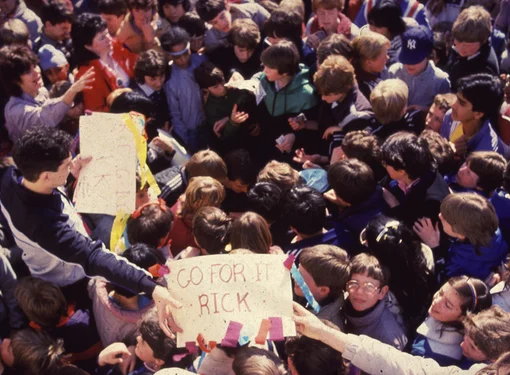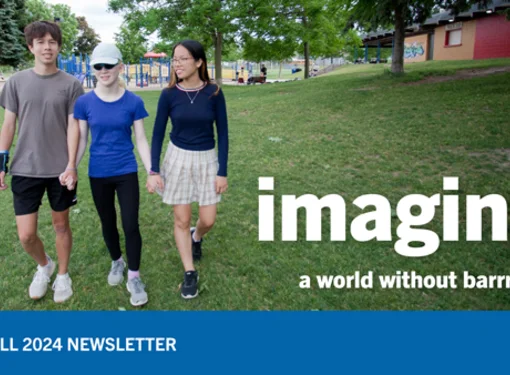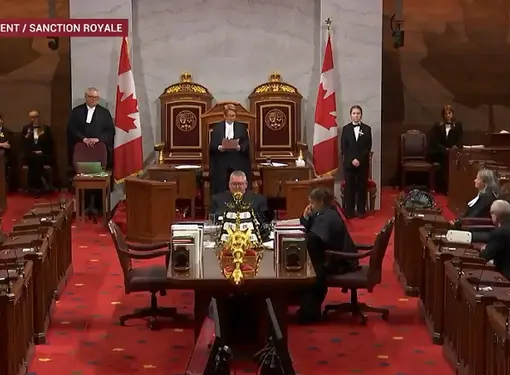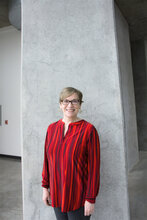Who's in your Circle?
Can you take a few moments today to think about the people you know who are managing physical challenges? Has your sister or father suffered a stroke and now finds walking or picking up objects difficult? Does your cousin, aunt, or best friend have a vision or hearing loss?
I reflected on those in my life who have physical challenges, and was amazed to see that I am connected to so many people with various mobility, vision and hearing disabilities. My father, who had a stroke and a bone infection and now has reduced strength in one leg and one hand; my stepmother and a close friend, both with ALS and reduced strength in all their limbs; my aunt who has difficulty walking or transferring weight when sitting and standing due to a hip injury; my close friend who has MS and now has intermittent vision loss and reduced ability to walk; an old friend who suddenly had profound hearing loss; and my friend’s brother, who become quadriplegic due to an accident at home.
I realized something important: my friends and family are finding it difficult to do their daily activities or connect with others because we have designed our world with too many physical barriers that prevent them from actively participating in life.
As one friend with ALS tells me, “I could do so much more - get around my neighbourhood, go to a movie, shop, and meet friends at a restaurant - if I could just gain access to these places. But the movie theatre can’t accommodate a power scooter. The store shelves are too high to reach, and the aisles are too narrow. Doors don’t include an automated button. The restaurants say they’re wheelchair accessible – yet they have a step at the entrance! And transit is a huge challenge; I have to pre-plan everything to take advantage of the few accessible options that are available.”
These physical barriers are getting in the way of my friend living her life to her full potential. And these barriers are designed right into the built environment! Public places and spaces are not being designed using the principles of universal design – the concept of creating buildings and public spaces that are accessible for everyone – and that’s a problem.
With your support, we at the Rick Hansen Foundation are finding solutions to inaccessibility in the built environment. Our new Access & Inclusion team has a number of innovative programs to help create built environments that ensure Access4All.
How are we doing this? The first step is identifying physical barriers. Our team designed accessibility audits so that managers and staff at stores, city halls, community centres, and parks can learn more about what their patrons need. Then a team of trained accessibility experts, that includes people with disabilities, will conduct the audit and provide recommendations on how the space can be made physically accessible for everyone.
Also, to inspire building designers and developers to use universal design, we’re developing a certification program that provides information, support, and incentives to expand current design parameters so that we incorporate the needs of people of all ages, all stages of life, and all abilities.
With these two programs in place, we hope to make greater progress in our journey to create a truly inclusive Canada for everyone regardless of age, stage in life, or differences with mobility, vision and hearing.
So, think about the people you know who are challenged by physical barriers, and then please take a moment to complete our quick, anonymous “My Circle” survey to tell us about the people you know facing physical barriers.
You are a valued partner in creating a truly inclusive Canada. Together, we will achieve transformational change.
If you have any questions, or comments, or want to chat about how you can help make a difference in the lives of people in your Circle, I’m always available at reaton@rickhansen.com.







